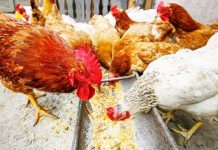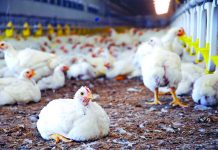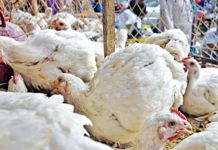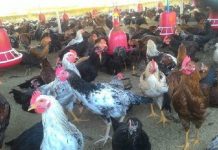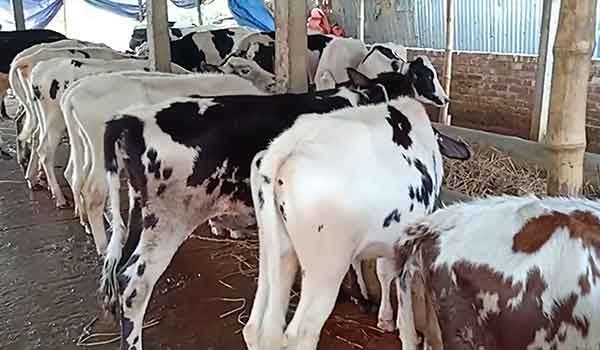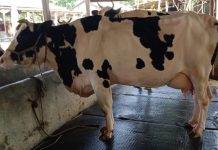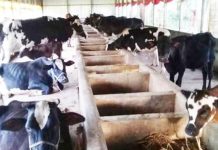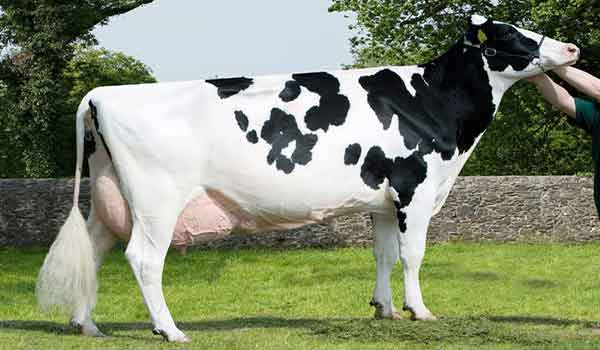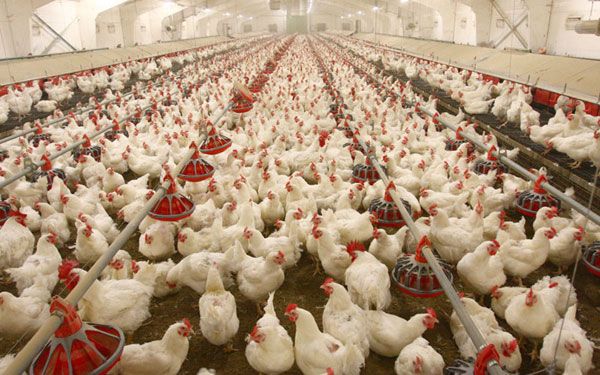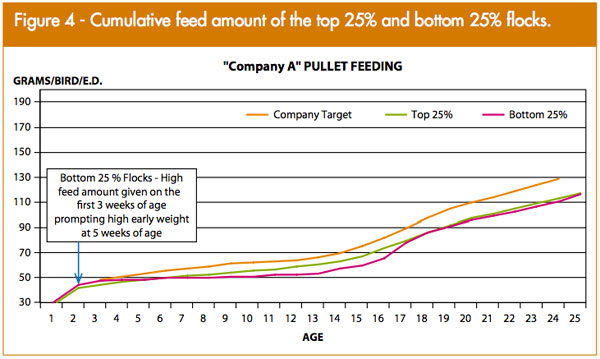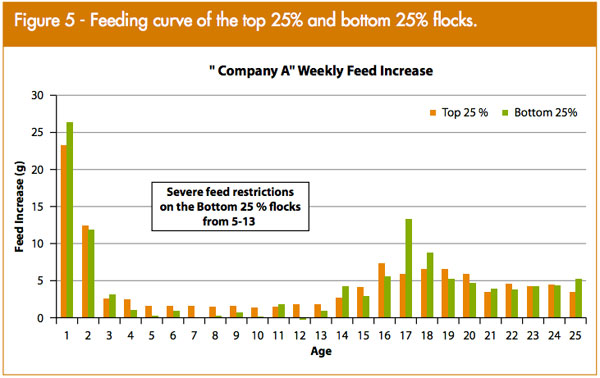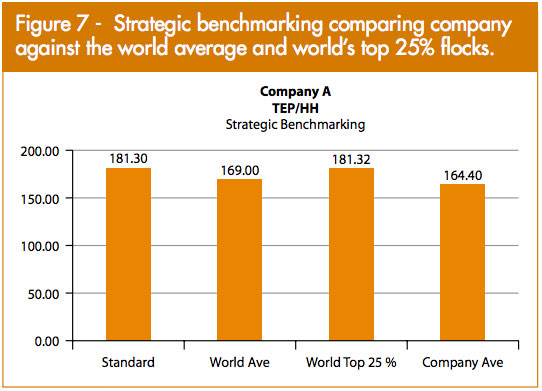Nowadays, breeds of chicken are becoming more and more efficient. With the continuous improvements in genetics, housing and feeding equipment, good and accurate record keeping throughout the birds’ life is becoming crucial. With accurate records, managers can more easily identify areas for improvement for future flocks.
Benchmarking is a tool used to help identify the best performance being achieved by a particular company, a competitor or the industry in general. This information can then be used to identify shortcomings in a company’s procedure or processes in order to achieve a competitive advantage. Successful businesses that continuously aim for improvement are the ones setting goals and targets and using KPI’s to drive and measure progress towards attaining world-class performance. Benchmarking can be internal, competitive or strategic in nature.
Benchmarking in troubleshooting breeder performance:
It is preferable to compile information for the entire sold flock data and on a year-to-year basis, compare the top performing flocks within the company, as well as the worst performing flocks.
At first, it will be advisable to compare the flock in terms of total eggs/hen housed (TE/HH) and calculate the top 25% performing flocks as well at the worst 25% flocks. We can now compare the programs implemented (growing weights and feeding pattern etc.) of these top-performing flocks and use it as a guide for potential future revision of the program.
Achieving the right bodyweight during rearing plays a vital role in successful laying flock performance and analyzing this data will help to fine tune the management program from time to time. The accuracy of this data cannot be compromised at any time, as this would make it difficult to assess hen-laying performance. Another benefit of benchmarking and consistent data collection is establishing trends on flock performance.
Internal benchmarking
Internal benchmarking is used when a company has already established and proven best practices and needs to share them. Usually, internal benchmarking is made during the budgeting process before the end of the year, but this can be an ongoing process, or carried out every six months, to identify rearing and production programs which had achieved the best results. To start this internal benchmarking, there is a need to identify the best performing flocks for the year – probably the top 25 flocks – and use this data as a target for benchmarking.
Comparing the flocks
Almost all poultry companies have their own databases of production results on an individual flock basis. These flocks can be ranked through the parameters each company chooses. Some basic information needed for completed flock results includes number of pullets capitalized, number of hens sold, feed/female up to capitalization age (male feed included), total Egg Production (TEP/HH) and of course total Hatching Eggs (THE/HH), % Hatchability for Life of Flock (LOF) and total Chick/Hen Housed.
Flocks can then be sorted according to the chosen parameters. The most common category to start with is the Total Egg Production/Hen Housed, (TEP/HH) adjusted to a common sell age, as this is the most accurate parameter to measure hen performance (Figure 1).
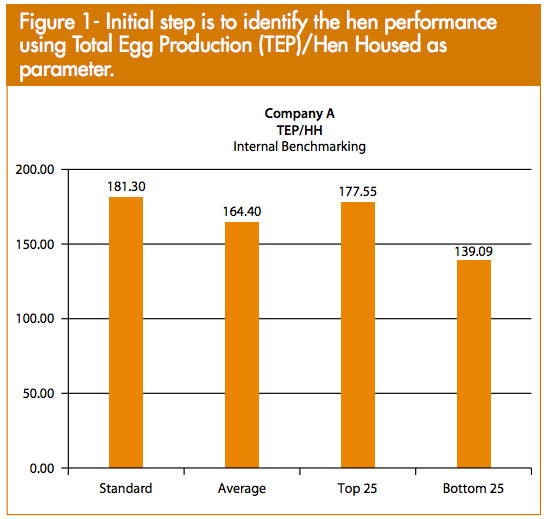
Troubleshooting and data analysis
Now that the overall performance based on TEP/HH has been identified, it is time to go into the details. Since we have identified the top 25%, we need to see how their management practices compare with those of the bottom 25% flocks. Common comparisons include bodyweight during rearing, and feeding pattern. In Figure 3, we can see the bodyweight of the top 25% flocks has a smooth transition from the start until peak production, while the bottom 25% started to get heavy at five weeks of age but became underweight just before light stimulation, which is a big mistake.
The actual bodyweight gain (22%) from 16 to 20 weeks of the bottom 25 flocks was also not achieved. The top 25 flocks became slightly overweight from 15 weeks, but remained parallel to the standard weight and achieved a 33.5% bodyweight gain from 16 to 20 weeks of age. The pullets need to have at least a 33-36% gain at this age. This is necessary for proper accumulation of pelvic fat as well as proper fleshing development. Low bodyweight gain is the main reason behind why a bottom 25 flock doesn’t sustain good production (Figure 2).
Benchmarking Figure 3
The pullet feeding (Figure 4) also showed that the early heavyweights from five weeks with the bottom 25% flocks were caused by too much feed during the first three weeks of age. There was also a severe feed restriction from 5 to 13 weeks as a response to the continuous increase in bodyweight at the same age (Figure 5), but this restriction eventually significantly affects the flocks as the birds become underweight from 18 to 24 weeks of age (Figure 3). Underweight pullets at this age will not respond properly to light stimulation.
Benchmarking Figure 4
One of the major responsibilities of today’s breeder manager is to analyze the details of existing and previous breeder performance. This information must be used to determine viable programs for good breeder performance within the company’s environment, covering both pullet and laying management. This exercise will show up meaningful differences based on solid data – and not opinion. These graphs are actual examples of the methods to analyze flock performance.
Competitive benchmarking

Competitive benchmarking is used when a company wants to evaluate its position within its industry or country or within a region. This is usually done by the company to boost morale of the workforce in achieving goals and to help them become competitive within the industry (Figure 6).
Strategic benchmarking
Strategic benchmarking is highest form of benchmarking, where a company identifies and analyses best practices towards achieving world-class performance. The company will then compare its own performance against the world average performance and/or top 25% performing flocks (Figure 7).
Benchmarking Figure 7
Finding opportunities
Cobb-Vantress is collecting as much data as possible not only to evaluate the actual commercial performance of the breed, but also to help customers set their goals and be more competitive within their respective country, region or globally. Cobb guarantees confidentiality for all customers supplying data by keeping the details of identity and location private; the source of the flock results are never divulged. By working with customers on flock results and focusing on the breeder programs and best practices, Cobb helps to discover areas of opportunity within the company’s management program, building the strengths of each customer within their own environment. source: cobb vantress
Writer: Dr. Alvin P. Arucan, Cobb-Vantress Asia
farmsandfarmer24.com/m

